O. M. Ungers & R. Koolhaas: Berlin Bang-Bang!
The City in the City, Berlin: A Green Archipelago. Edited by Florian Hertweck and Sébastien Marot. Critical Edition, Original 1977.
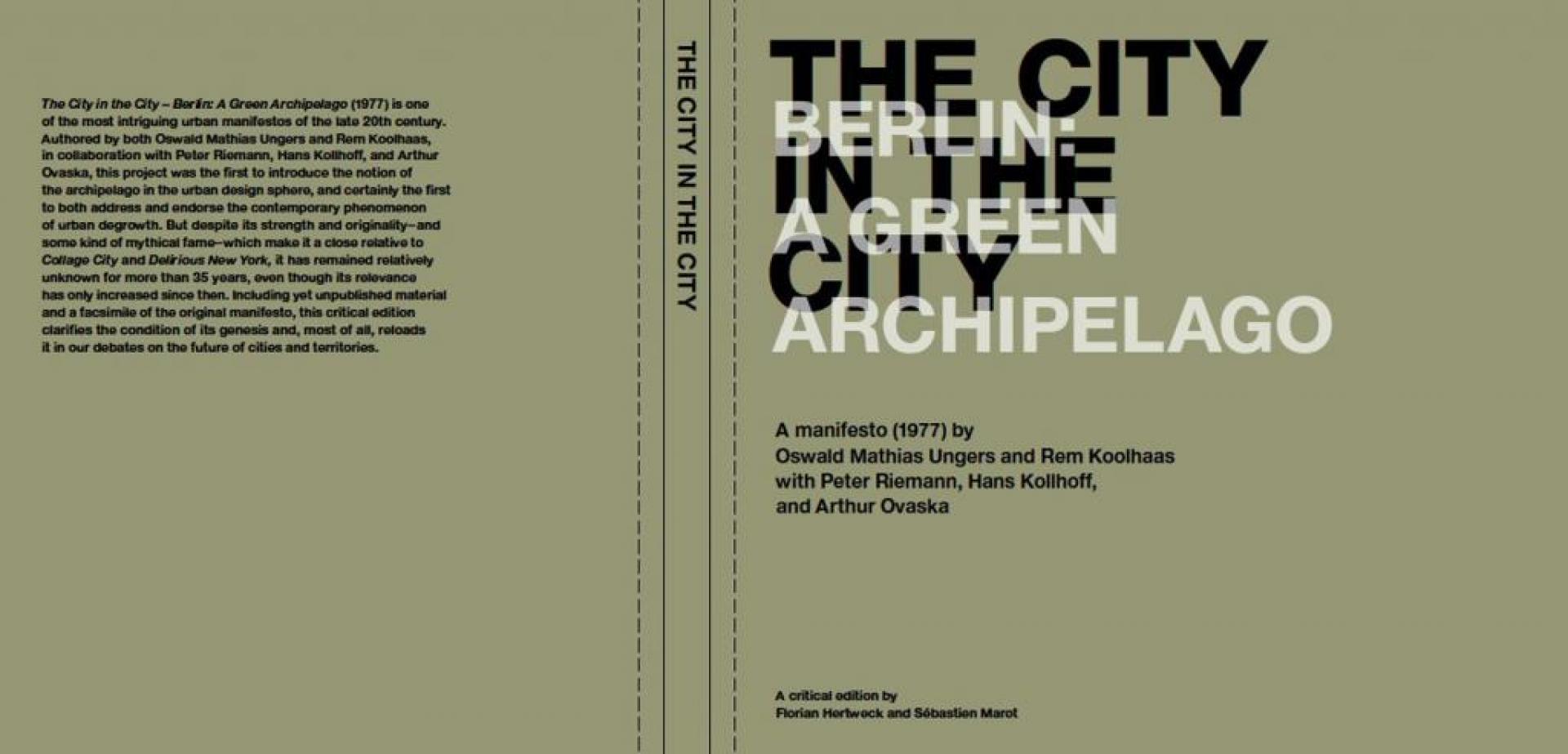
What makes a good crime story? A few well selected protagonists, hidden evidence, a more or less serious alibi and, of course, a dead body. Oh, I was about to forget: you also need a great and charismatic investigator and an evil assassin… Following these rules the book The City In The City / Berlin: A Green Archipelago published recently by Lars Müller is the best crime novel I have read in ages.
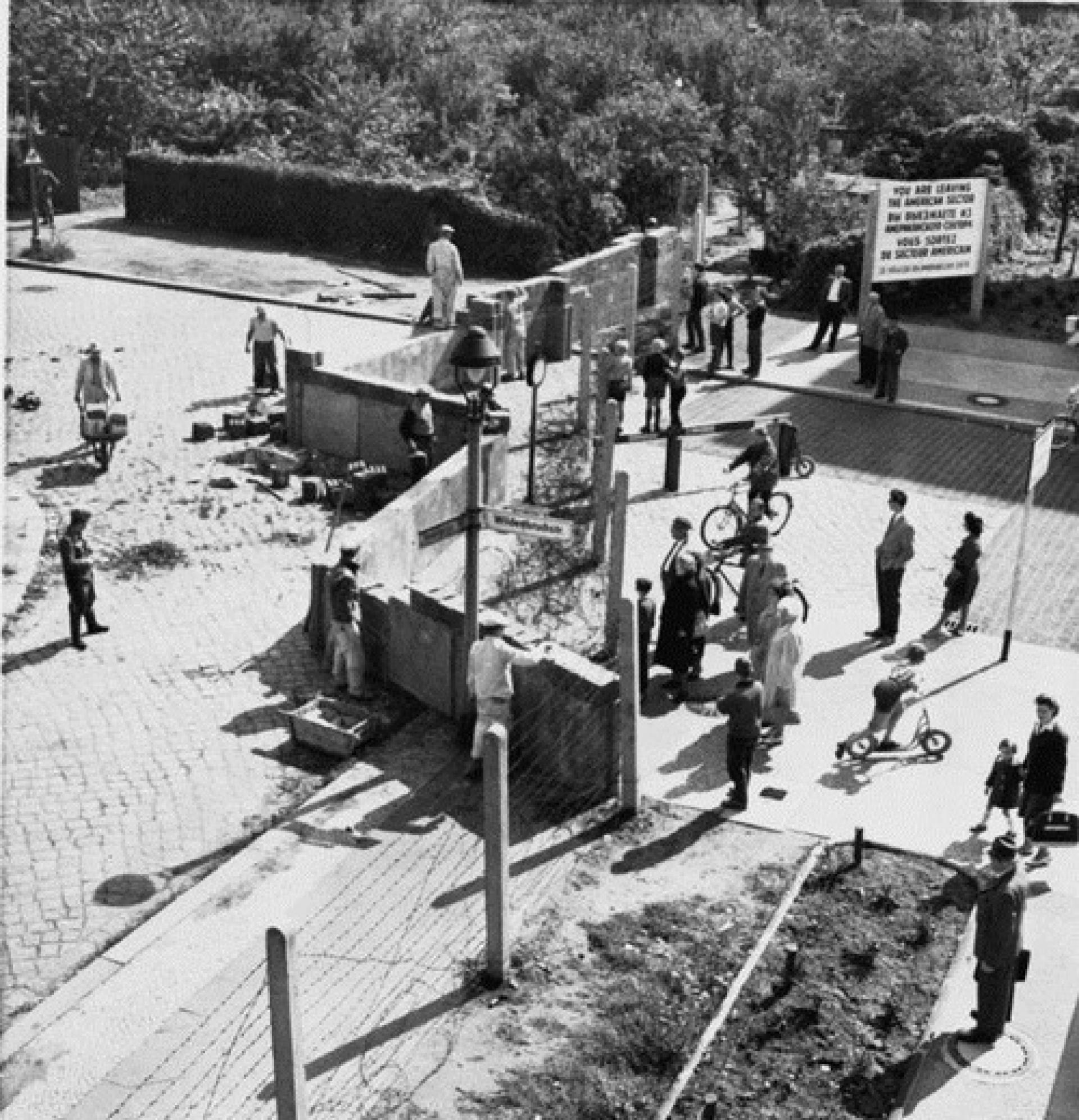
The City of Berlin: An Urban Crime Story
The two authors, Florian Hertweck and Sébastien Marot have been investigating around six pages of an A4 paper: a typescript written between June-July 1977 by Rem Koolhaas during his participation at a summer school organised by Oswald Mathias Ungers in Berlin. The two men had met before in Ithaca, in the state of New York. At the time, they were sharing many architectural as well as intellectual convictions: The six pages which grew out of this collaboration are a poetical manifesto about the urban and political situation of Berlin-West (in a quasi-surrealist state at the time).
They were first written by Rem Koolhaas (with the title Berlin: A Green Archipelago) and then reworked by Ungers to become The City in The City. (By the way, if you carefully look at the cover of the book, you will understand its brilliant and clever graphic design playing with the concept of the palimpsest!) What is discussed in this short manifesto is the status of West-Berlin as an island in the German Democratic Republic, the city’s dilapidated urban structure following the WWII bombings as well as its disruption after the construction of the Wall. What does such a hotch-potch trigger in the architects’ minds?
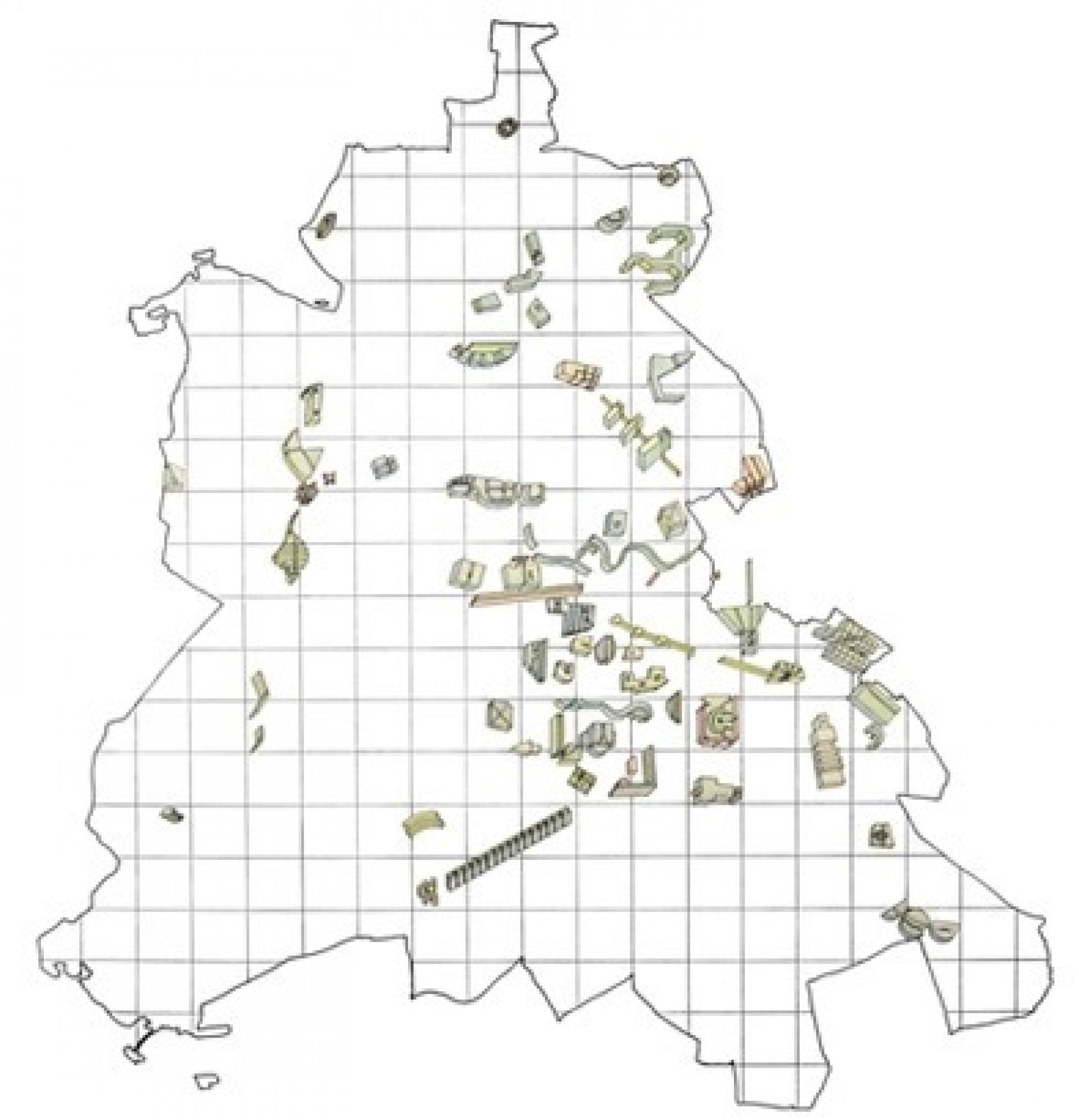
Housing structures in Berlin (map from the manifesto)
Good scientific research always has something to do with the forensics. Amazingly the authors of the book have managed to share their knowledge without boring us to death. They deliver one piece of evidence after another but they do not force us to share their point of view. Here we are the ones who will judge. And what is more, the book contains beautiful facsimiles which allow us to study the text and the development of the concept in the making. As serious investigators, Marot and Hertweck provide us with their comments and knowledge of the archives.
And what exactly is the concept of the “Green Archipelago” or the “City in the City“? At the outset the two terms are rallying cries like the ones coined by Koolhaas over and over during his career; concepts like Bigness, Delirious New York, Junkspace, Generic City or his infamous “Fuck Context” from 1996. This is Koolhaas' genius : he knows how to create slogans and the “Green Archipelago” is certainly one of them. A vague, but really cool sounding expression defining the urban landscape of West-Berlin in the 1980’s: a disconnected city lacking density reinvented as a collection of beautiful islands. The proposals and architectural documents which follow the short text in the book come like the proof that discourse and experimentation were the most important intellectual building blocks in and of Berlin in 1977.
In the end, the authors deliver hundreds of pieces of evidence; a dead body (trying to bring back architecture to Berlin may sometimes feel like trying to bring back life to a corpse). But in the end we, the readers must find the assassins. Are they the people who turned a beautiful experiment from the 1970s into a strictly contemporary project? Maybe Berlin is not the only body in this crime story after all. Maybe we also have to mourn the death of what architects like Koolhaas and Ungers stood for in the past: avant-garde and utopia.
- Thibaut de Ruyter
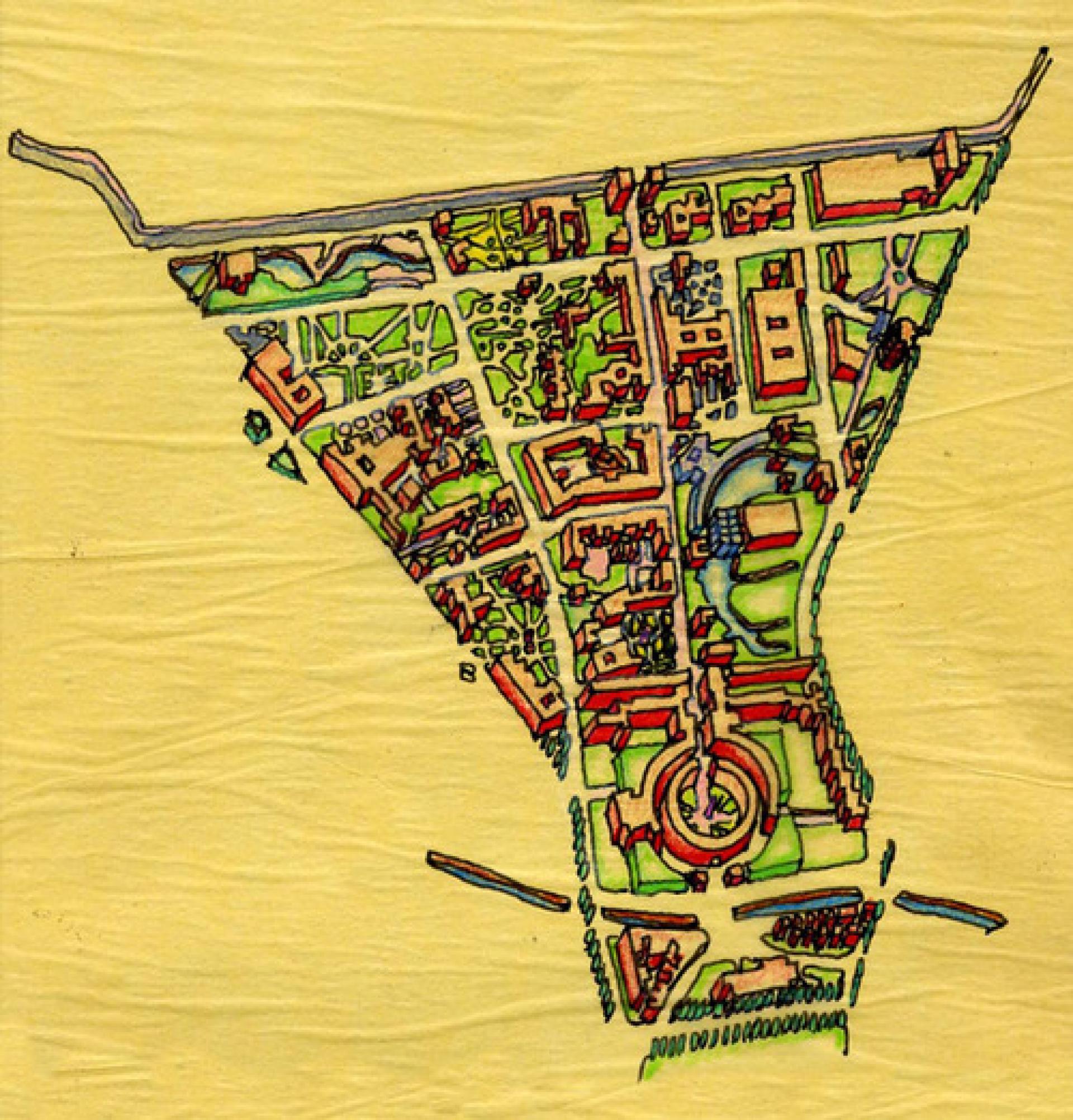
A city island (Südliche Friedrichstadt). Below a comparison between Berlin Kreuzberg and Manhattan.
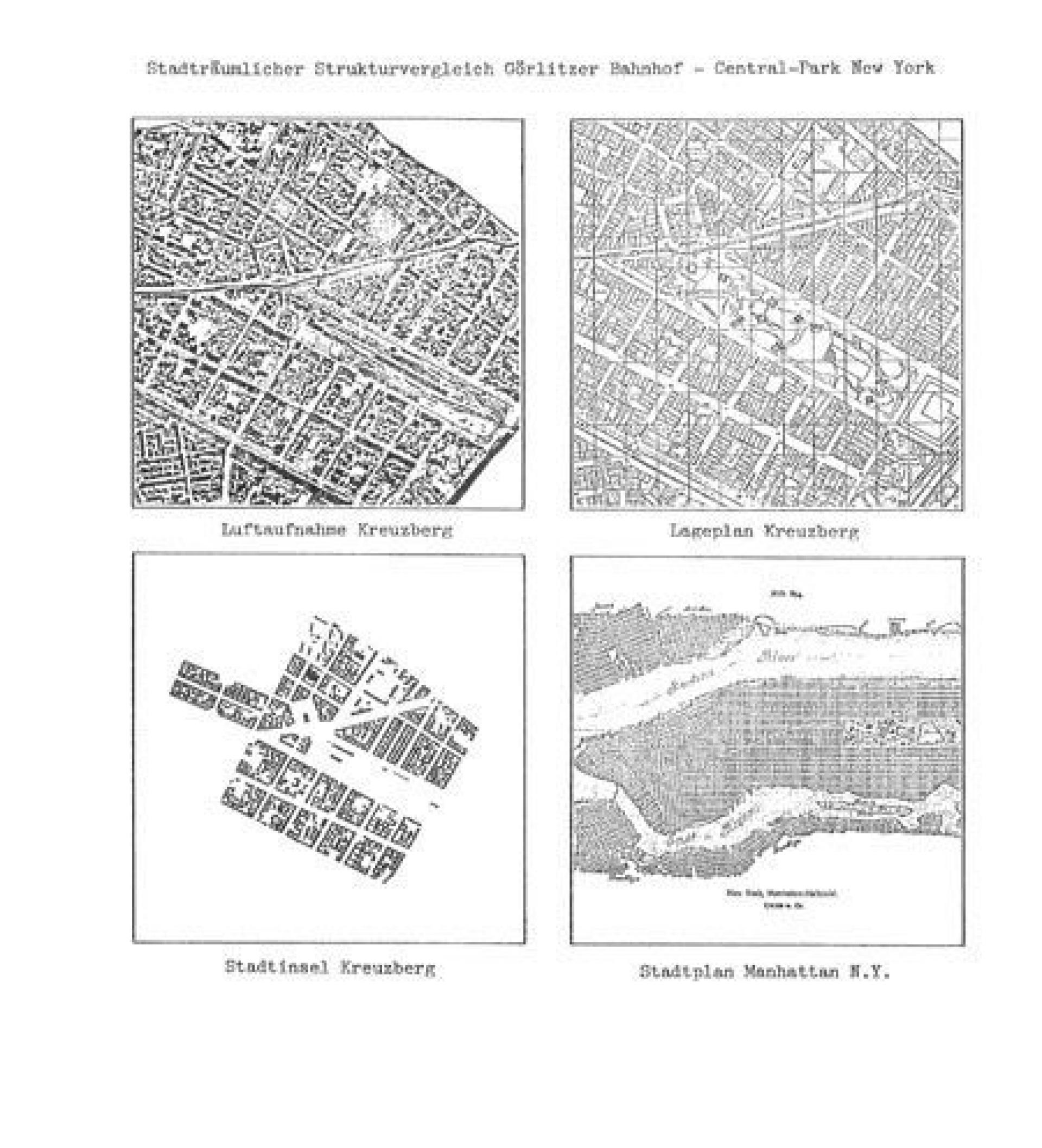
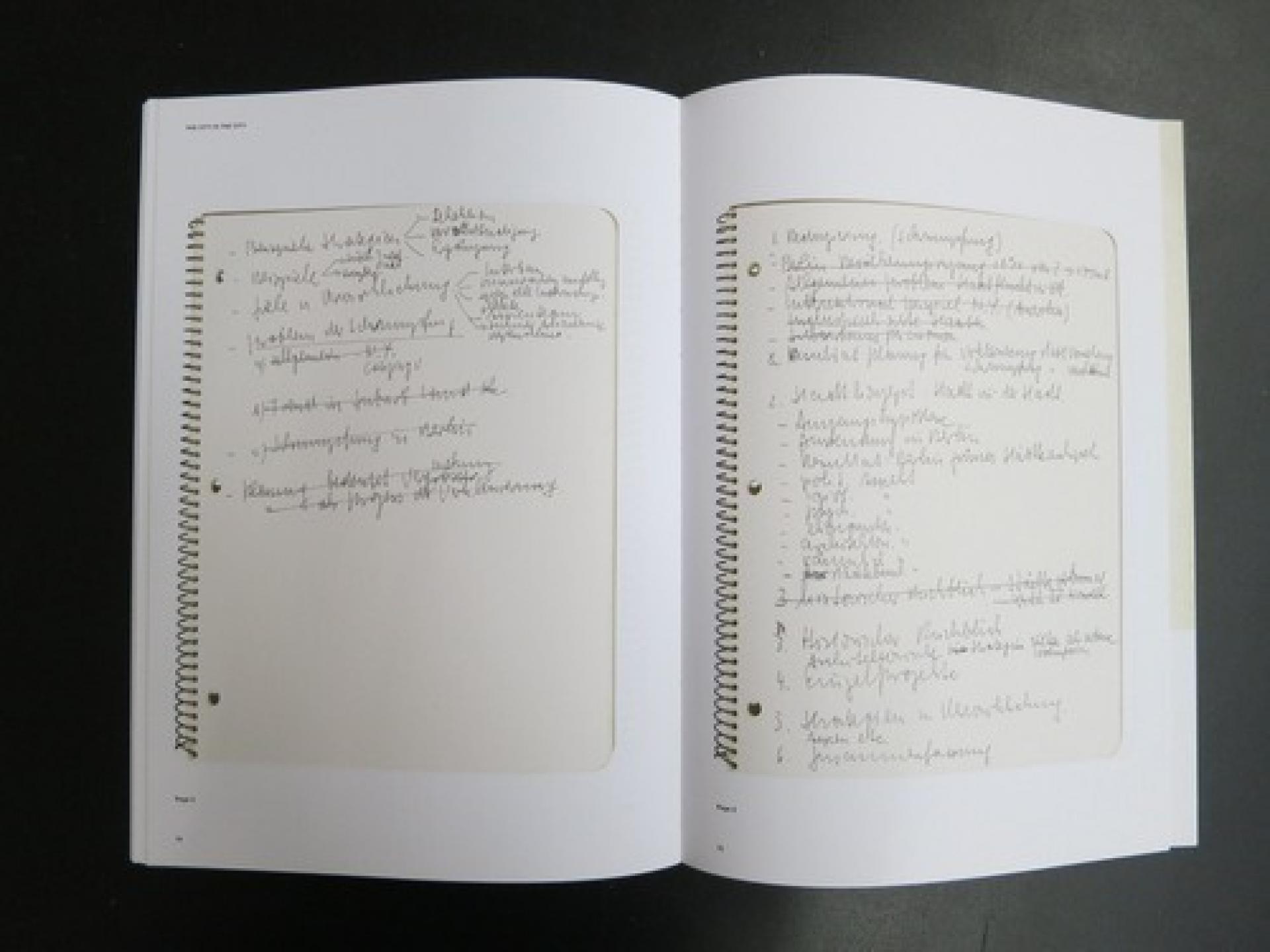
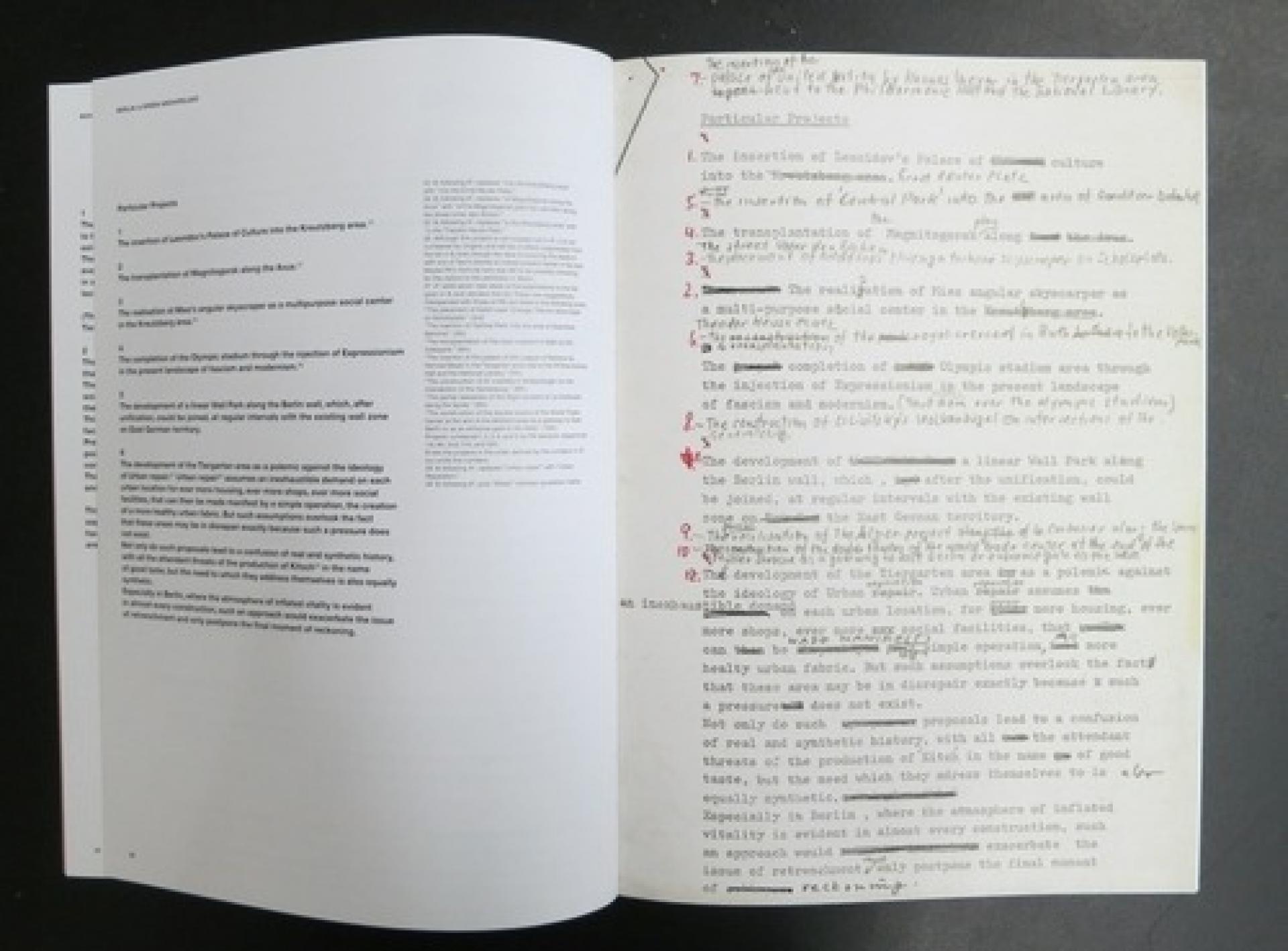
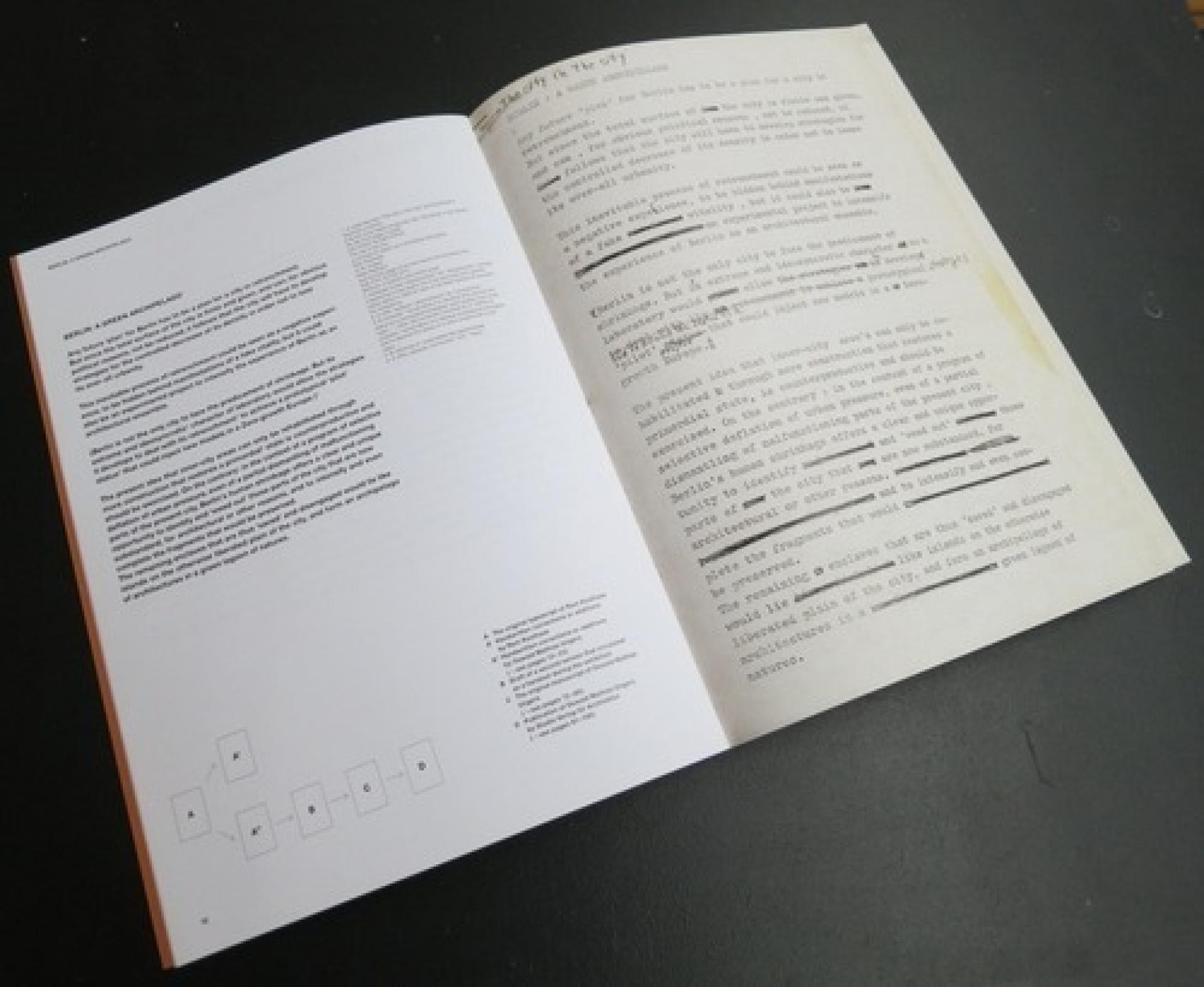
Facsimiles
The City in the City, Berlin: A Green Archipelago A manifesto by Oswald Maria Ungers and Rem Koolhaas with Peter Riemann, Hans Kollhoff and Arthur Ovaska (Original 1977). A critical edition by Florian Hertweck and Sébastien Marot, 176 pages, 226 illustrations, hardcover, 2013. Lars Müller Publishers